Phoebe Founders
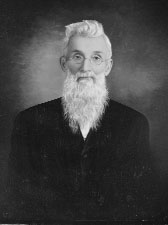
Rev. Dr. Abraham B. Koplin
On March 4, 1917, Phoebe lost one of its treasures. Rev. Dr. Abraham B. Koplin, founder of the deaconess home, took the Christian concept of deaconess work and combined it with perseverance and faith. Rev. Koplin envisioned a school for training women in religion and nursing. That plan quickly expanded to include the care of the elderly and sick. He can be credited for providing dignity and shelter to dozens of the needy and for educating and guiding the young women under his tutelage. The deaconess school was his special cause, and he nurtured it from infancy. On the dedication day of the dormitory, the audience rose and sang “God Bless Our Phoebe Home,” a hymn composed by Rev. Koplin.
Born in 1835 in Ohio, he was ordained a Reformed minister in 1856. He pastored churches in Ohio and Pennsylvania and eventually settled in Hellertown. Rev. Koplin served a congregation in Lower Saucon for 40 years and was a driving force in the Reformed Church of the Lehigh Valley.
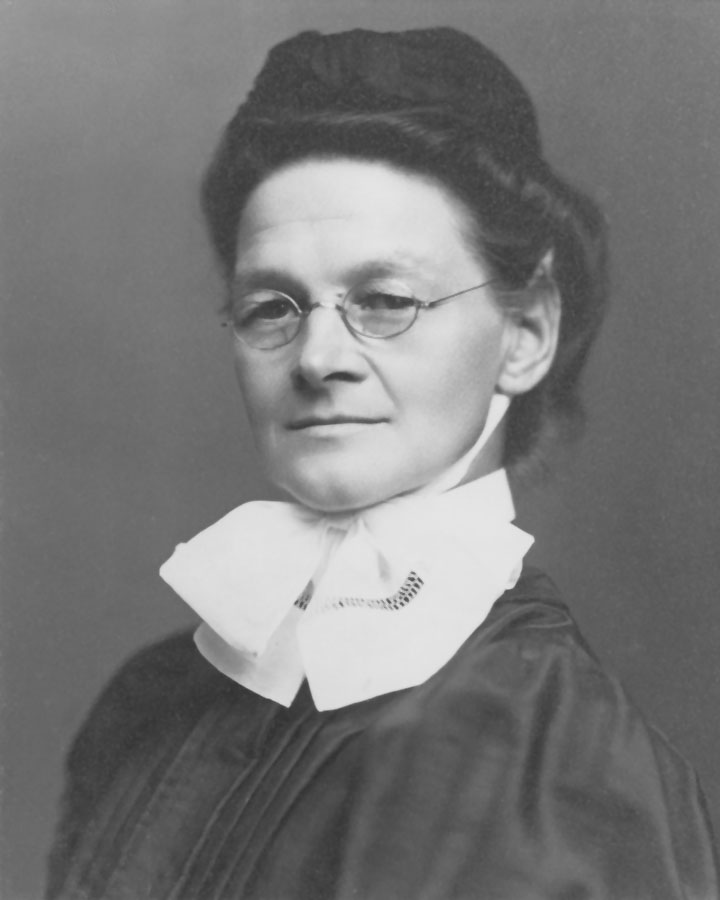
Johanna M. Baur
“I never regret that I had the pleasure of organizing the Phoebe Home. The Lord stood by me, and the undertaking was a success.”
– Johanna Baur, first Phoebe house mother
Miss Johanna M. Baur, Phoebe’s first house mother, arrived in Allentown in September 1904, “convinced it was the life work for me.” She had 12 years of deaconess experience behind her, and she immediately took charge. Miss Baur outlined a course of instruction and raised the educational level of training. Within a year, the number of deaconess applicants doubled. Though Miss Baur was sent from Ohio to fill in temporarily, she almost single-handedly ran the home affairs for six years. She wasn’t paid, but the Bethesda Hospital in Ohio, which had sent her, received $30 monthly from Phoebe in exchange for her services. On February 3, 1910, Miss Baur returned to her home in Cincinnati to care for her mother. Her energy and dedication carried Phoebe into the next decade.
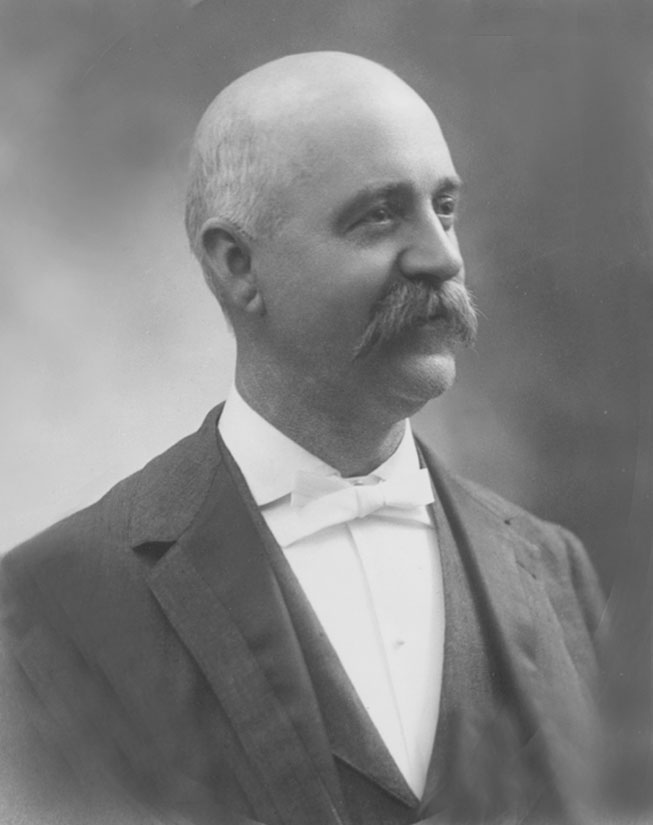
Dr. William Hartzell
Dr. William Hartzell, the Home’s head physician and classroom instructor, had long been a dedicated trustee and was the obvious choice to succeed Rev. Koplin as board president. He had big shoes to fill but they proved a good fit. He served for a year, but because of health problems and a list of work obligations, he was replaced by Rev. James O. Oswald. Dr. Willard Kline filled in as the Home’s resident doctor and as an instructor, and stayed on after Dr. Hartzell resigned as board president. Dr. Hartzell died several years later in December 1923.
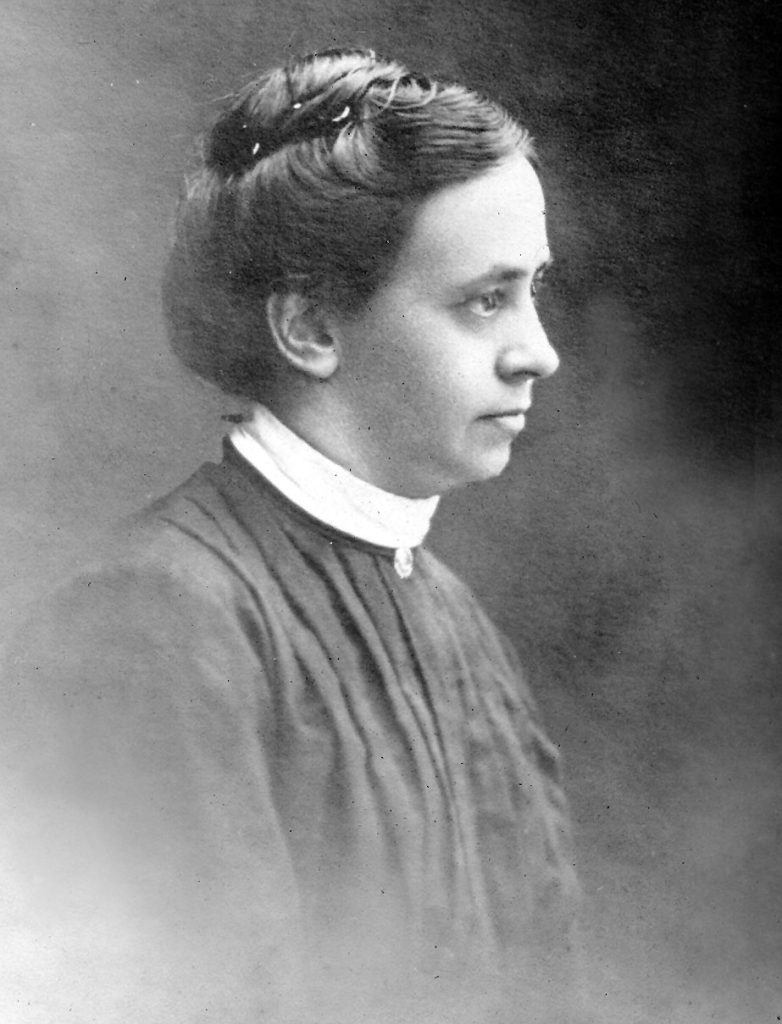
Mary Clark
In 1910, Mary Clark was ordained in St. John’s Church in Allentown. She’d come to Phoebe three years earlier at the age of 24 from her home in Richlandtown, and after graduating, she studied at Jefferson Hospital in Philadelphia. In 1913, during a trip to Rochester and Niagara Falls, New York, Mary contracted polio and never walked again. Wheelchair-bound but determined to continue as a deaconess, she decided she could perform office work. She borrowed a book and taught herself shorthand, and she learned to type. Mary was a mainstay in the Home’s front office and became the postmistress and telephone operator. For decades she led morning devotions and helped with the daily vespers. After 55 years of service she retired in 1957 because of her failing health. She died at Phoebe Allentown Health Care Center in 1962.
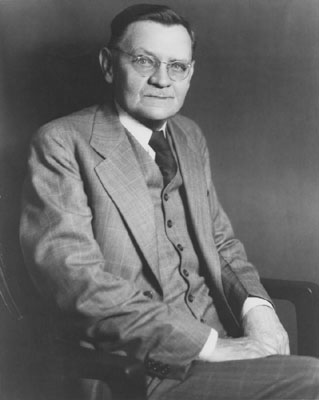
David A. Miller
By 1928, David A. Miller was the board of trustees’ president, taking over after the death of Rev. James Oswald in December 1927. He’d keep this position until 1956, serving as a leader and financial advisor. From the start, he championed the idea that for each dollar donated for construction costs, a dollar would go into an endowment fund for maintenance.
A newspaper publisher, David A. Miller, served as the board of trustees president for 27 years and board member for 41. He’d advised the organization through the toughest financial times in American history, and he led in its success and growth from 30 to 140 residents.
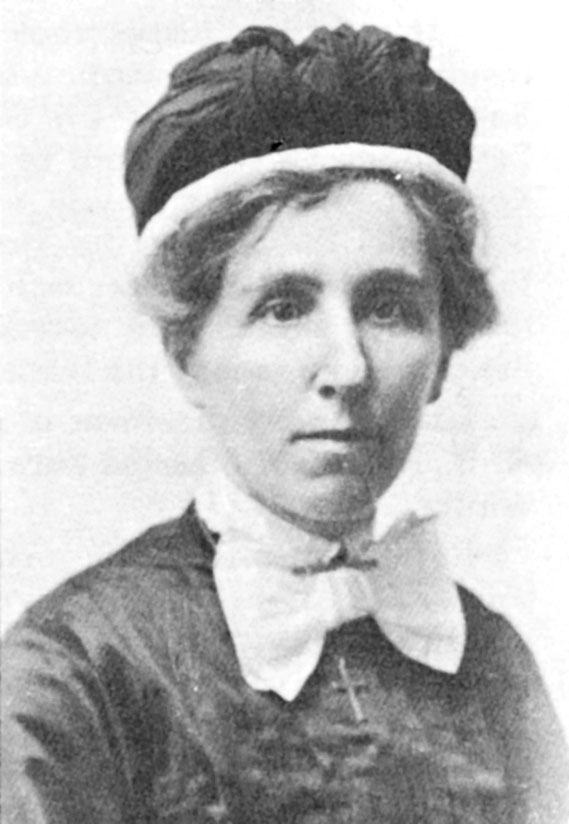
Emma Cora Hauser
Emma Cora Hauser, of Lehigh County, was consecrated in a service at Salem Reformed Church in Allentown. During her education at Phoebe she took a special course at Jefferson Lying-in Hospital in Philadelphia. After graduation in 1909, Miss Hauser followed up with post-graduate deaconess training and instruction at the Boston Training School and at the University of Boston. She would return to Phoebe and devote 50 years of her life to the Home, eventually becoming head of the Old Folks Department in 1916. These words, written by the board president, attest to her skills and dedication: “Our faithful and efficient matron, Miss Emma Hauser, has conducted the affairs with loving care and humble Christian spirit. Her duties to the aged, decrepit, and sickly are continuous day and night, especially those confined to bed who require the most tender care. Our old people for the most part are happy.”
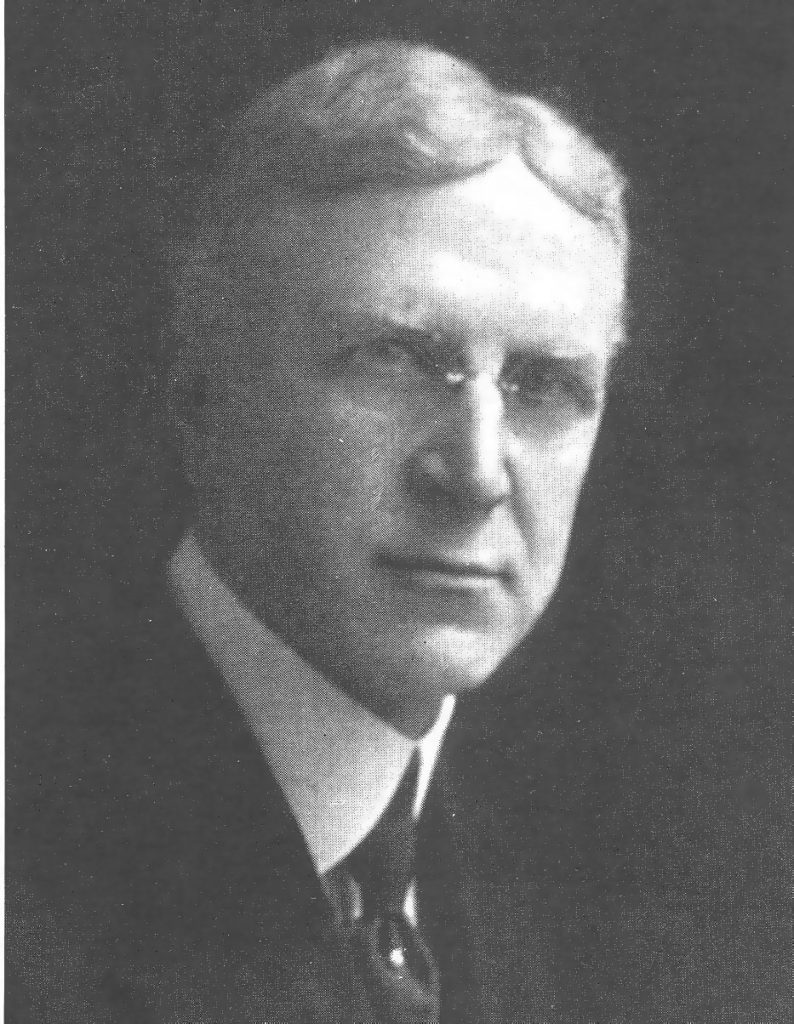
Rev. Franklin Moyer
Rev. Franklin Moyer took over as the first full-time superintendent in September 1919. He’d give almost 35 years of service and leave an indelible mark on the Home’s practices and, more tangibly, the buildings and grounds. Born to a farm family in Northampton County on January 21, 1870, he knew early on that this wasn’t the life he’d lead. Although he helped on the farm during the summer with the cattle and milking, he knew in his heart he was a scholar. In his teens, his parents enrolled him in Muhlenberg College’s prep school. After a year he qualified as a public school teacher and attended Muhlenberg College. He finished his last two years at Franklin and Marshall College in Lancaster where he excelled in public debate. After graduating in 1893, Moyer entered the theological seminary there and was ordained three years later. His first pastorate was a church in Northampton, and after two years he left to serve Bethany Reformed in Bethlehem. In 1908 he became pastor of Grace Reformed in Allentown for 11 years, and while there the Home called on him to become its first full-time superintendent.
Franklin Moyer gave Phoebe Allentown Health Care Center the best of his life. He had many talents: a spiritual leader, deft administrator, fund-raiser, musician, academic, inventor, landscaper, and woodworker. Signs of his intelligence and passion abound at Phoebe to this day, from his handcrafted rocking chairs to the carefully considered layout of the administration building. A lasting remembrance is the beauty of the Home’s grounds. The semicircular drive, the shrubbery, gardens, and lily pond were his handiwork. Just as lasting but less obvious is the history of fiscal health he established for the institution, which allowed its phenomenal growth.
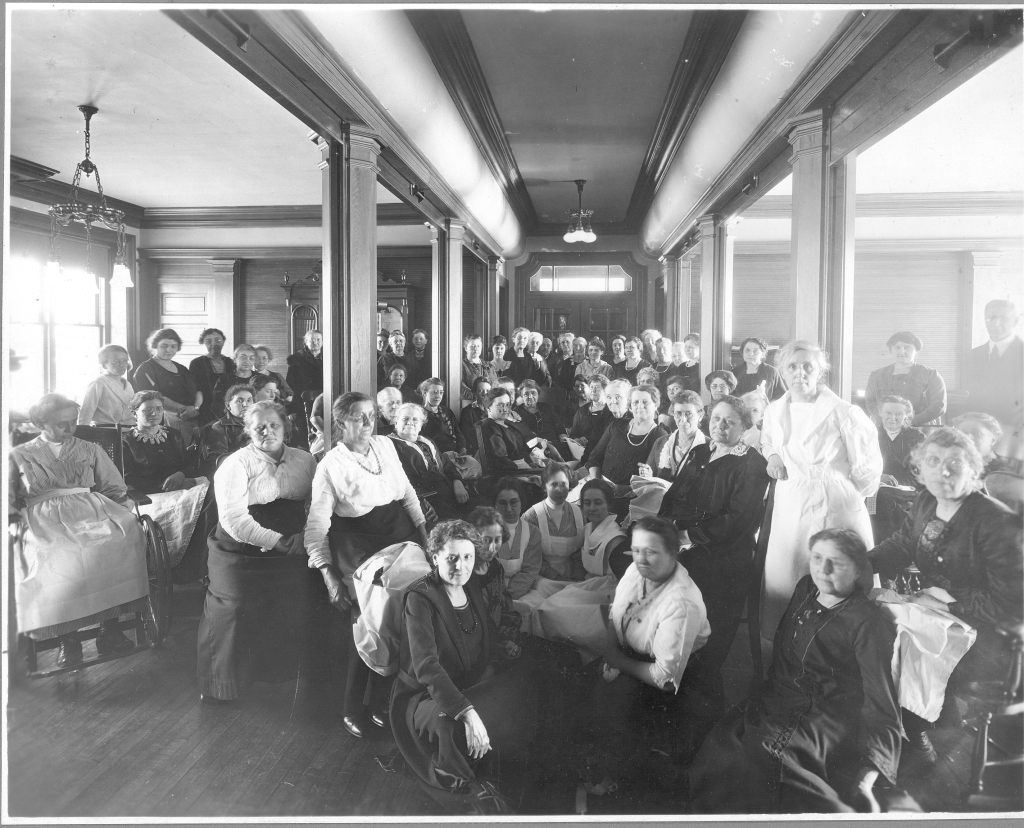
The Phoebe Allentown Health Care Center Auxillary
As happens in so many situations, the women of the community came together to organize and define a way to lend their help. This dynamic force became the Phoebe Auxiliary, sometimes called “the right arm” of the Home. Founded in 1904 by Mrs. Reuben Steckel, it drew 500 members by year’s end from the Allentown and rural congregations. Membership cost $1 to join and a single dollar each year thereafter. In the first three years, nine chapters formed, starting in Hellertown and followed in Bethlehem, Richlandtown, Perkasie, South Bethlehem, Indian Creek, Souderton, Emmaus, and Trumbauersville.
The innovative leadership established annual events to raise funds, recruit new members, and attract the public’s attention. For example Donation Day each June included an all-day program held in the orchard at the Home. Those attending could buy dinner for 25 cents, purchase handmade crafts, listen to music and speeches, and join discussions. In exchange for the entertainment, they brought household gifts and supplies. It was the same for Anniversary Day at Thanksgiving time. This celebration marked the formal opening of the Home and the Auxiliary’s founding, and because it fell at the end of the growing season, rural congregations brought their crops and fruits. These items were canned, stored in the basement, and then used in meals during the winter.
One hundred years later, most of these activities remain major social events and fund-raisers, which shows the importance of faith—and tenacity. In fact its first officers, Mrs. Steckel, Anna M. Grim, Addie S. Weaver, and Nettie Ziegler, had such certainty in its success that in 1907 the auxiliary promised to be responsible for the construction costs of a new dormitory.
